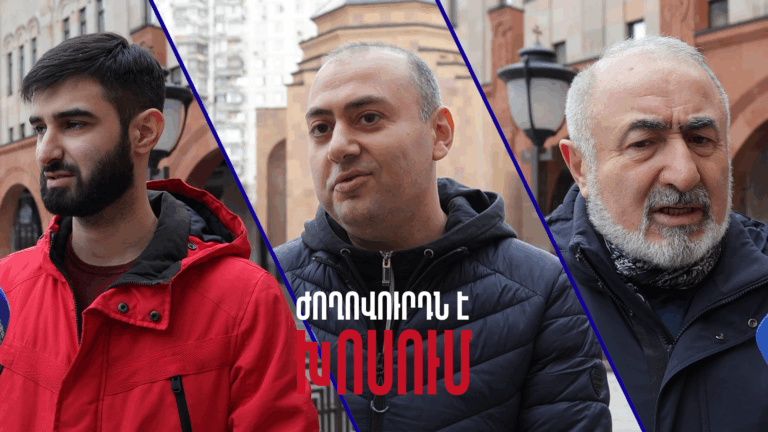Sabiha Gokcen — 5 Portraits from the History of the Armenian People
October 15 2024, 11:20
The founder of the Republic of Turkey, Mustafa Kemal Ataturk, had no biological children, but he became a father to eight adopted children. One of them was a girl named Sabiha. He did not think that decades later he would have to confess to this girl that she would not be cured of the disease she had since it was an ethnic disease called the Yerevan disease.
One of the important practices of the Ottoman Empire was the so-called recruitment of children. At various stages, the state took children of non-Turkish peoples of different ages, forcibly Turkified them, changed their religion, converted to Islam, and gave military education. Janissary squads were considered the most bigoted squads, and they were the ones who had a very important place in the foreign and domestic policy of the empire. In other words, non-Turkish but Turkified and Islamized people became more bigoted and defended that state.
The last manifestation of this practice occurred during the years of the Armenian Genocide and after it, when thousands of Armenian orphans who were in various orphanages became targets by various Turkish figures and officials. It is known that the Turkish general Kazim Karabekir, who was the commander of the war against Armenia, had a special interest in these orphans and orphanages and formed squads from various children recruited from the orphanage. Many of them later ended up in the regular Turkish army and were collectively called Karabekir’s children. There is a theory that most of them did not have Turkish origin.
A similar episode occurred to one of the adopted children of the founder of the Republic of Turkey, the famous pilot Sabiha Gokcen, the first female Turkish pilot and the first military pilot in general.
This girl was adopted by Ataturk, she was given the first and last name Sabiha Gokcen, and by the will of the president, her father, she received a military education.
Sabiha Gokcen was quite a skilled and successful pilot. She also trained in Moscow.
She was considered one of the most experienced and accomplished female pilots of the first half of the 20th century and had absolute superiority in the arena of military pilots.
Sabiha Gokcen was an iconic figure for Turkey in several senses.
She was the daughter of the country’s founding president, the first female pilot, and one of those who suppressed the Kurdish rebellion, in particular, in 1936-1938. The rebellion was suppressed by Turkish military aviation. More specifically, they bombed civilians, threw chemical weapons, and simply carried out genocide. Sabiha Gokcen played a big role in that case.
In the future, Sabiha Gokcen will really become a symbol. Suffice it to say that Istanbul’s military airport bears her name. After her death in 2001, this airport was named after Sabiha Gokcen. The pilots of the planes landing there or departing from there probably have no idea that the Turkish symbol is not so Turkish. There are irrefutable facts related to her origin.
In 2004, the editor of the Armenian weekly newspaper “Agos” Hrant Dink and his colleague Tiran Lokmagyozyan published an article about a journalistic investigation that revealed an interesting fact. Sabiha Gokcen, it turned out, was of Armenian origin, and the true sources of that origin were found; even her real name became known.
She was an Armenian named Khatun Sebiljian. When the Sebiljian family was exiled, Sabiha Gokcen ended up in a Turkish orphanage. Her sister reached Soviet Armenia, and her brother’s path of exile led to Lebanon.
Decades later, the lost members of the family find each other, but in secret. In 2004, the daughter of Sabiha Gokcen’s sister revealed that the daughter of the Turkish symbol, Ataturk, is not actually Sabiha Gokcen but her aunt Khatun Sebiljian.
In the ‘5 Portraits from the History of the Armenian People’ series of Alpha News’ fall season, renowned scholar Professor Ruben Melkonyan reveals the image of the first Turkish female pilot, Sabiha Gokcen, who had Armenian roots.







